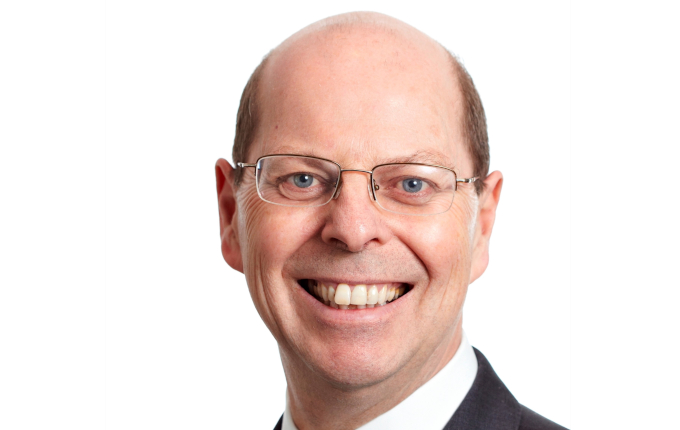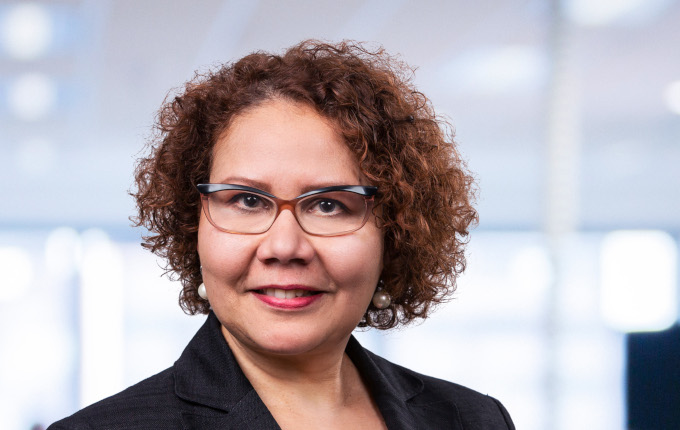Geese have evolved an efficient system of flight, balancing leadership, teamwork and adaptability – qualities that mirror the principles of sound asset allocation and investment strategy.
The Power of Formation
When geese migrate, they adopt a V-formation, allowing each bird to benefit from the uplift created by the one in front. This aerodynamic efficiency reduces fatigue and ensures that the entire flock reaches its destination with minimal energy expenditure.
Until recently, US stocks led by the Magnificent 7 stocks seemed unstoppable. Diversification appeared ineffective in the short term, and funds underweight in US equities lagged behind.
The S&P 500 correction in March 2025 disproved this myth, as history has often demonstrated. The aftermath of Liberation Day and the on-again, off-again trade tariffs exacerbated the policy uncertainty and certainly spooked markets even more.
How can investors restructure and diversify their portfolios, possibly emphasising active management, to tackle the headwinds?
Leading and rotating: Being dynamic
Within a flock, the lead goose takes on the most strenuous task of cutting through headwinds, but this position is not permanent. As fatigue sets in, another goose moves forward to take the lead, ensuring sustained progress.
Market volatility, inflation concerns, and recessionary fears necessitate a willingness to pivot when conditions demand it, without losing sight of fundamental objectives.
This proactive and rotational approach to portfolio strategy and asset allocation includes:
- Overall portfolio management: Strategic asset allocation vs total portfolio approach, dynamic tilting and exposure management
- Asset class portfolio construction: Equities, fixed income and credit; Rotation and tilting; Public vs private assets
- Capturing idiosyncratic opportunities in alternatives, real assets and private markets
- Leaning into innovation in digital technology, artificial intelligence and energy transition
Regime Change: Is this time different?
Geese honk as they fly, reinforcing cohesion and ensuring that the flock stays on course. Coupled with their innate sense of direction, they instinctively adjust their routes in the face of storms or unexpected obstacles.
Institutional investors must surely strap themselves for turbulent times ahead, with the change in market regime. The ‘peace dividend’ of the past few decades has unfortunately expired.
How can institutional investors balance long-term strategic objectives with short-term adaptability, in a multi-polar world mired with:
- Policy uncertainty, structural inflation and divergent central bank strategies
- Geopolitical tensions and fragmentation
- De-globalisation and trade realignment
- Recession risk and slowing growth
- Technological innovation and disruption
Can they navigate financial markets with the same precision and resilience as a migrating flock?
We look forward to a robust and meaningful discussion at the 11th annual Global Investment Strategy Forum
Enquire about this event


![[i3] Global Investment Strategy Forum 2025](https://i3-invest.com/wp-content/uploads/2025/03/i3-Global-Investment-Strategy-Forum-2025_SlideShow_Standard_noMashead2-573x430.jpg)


